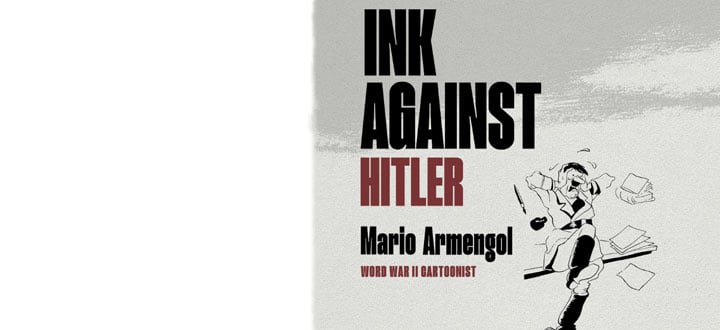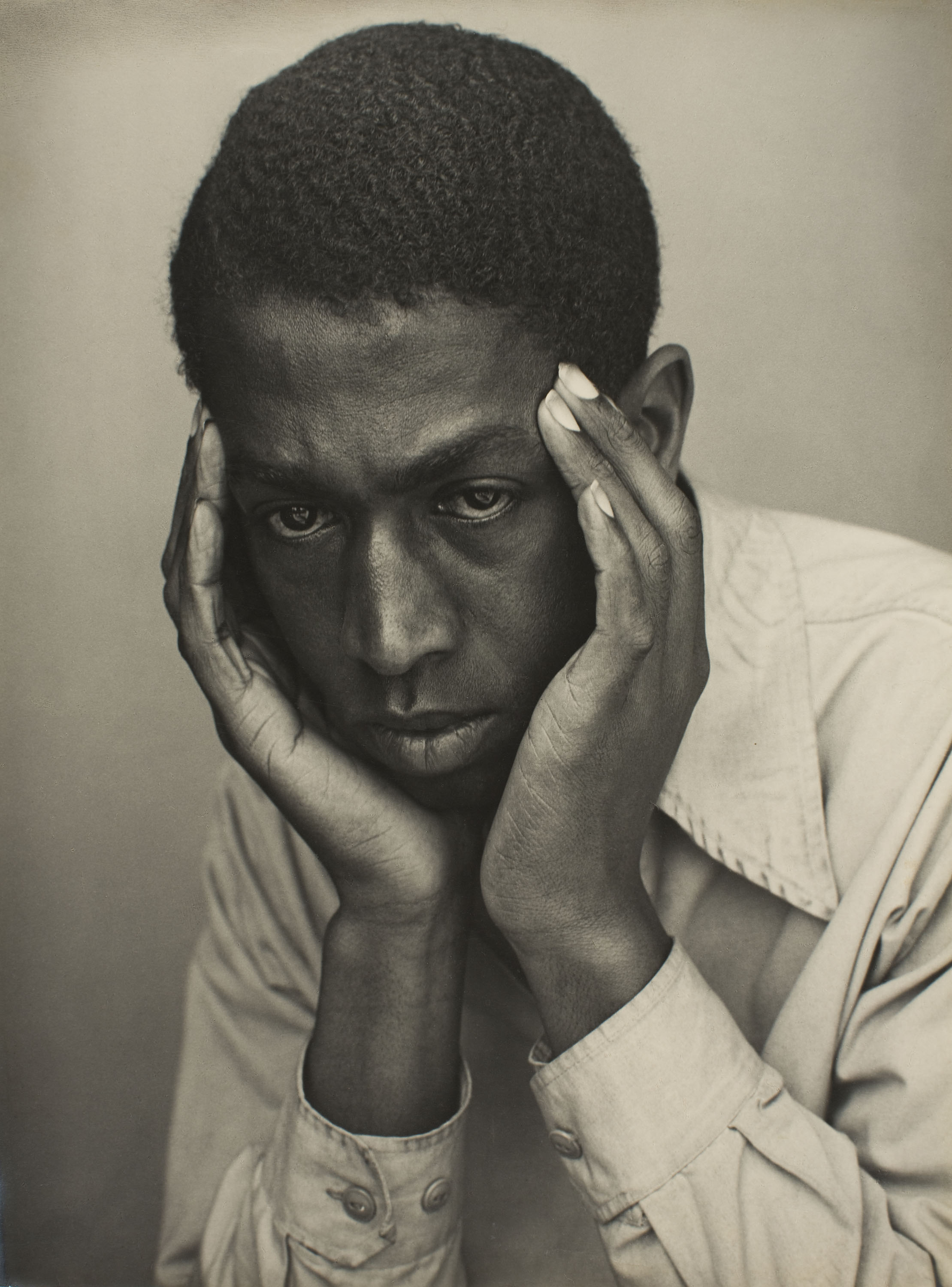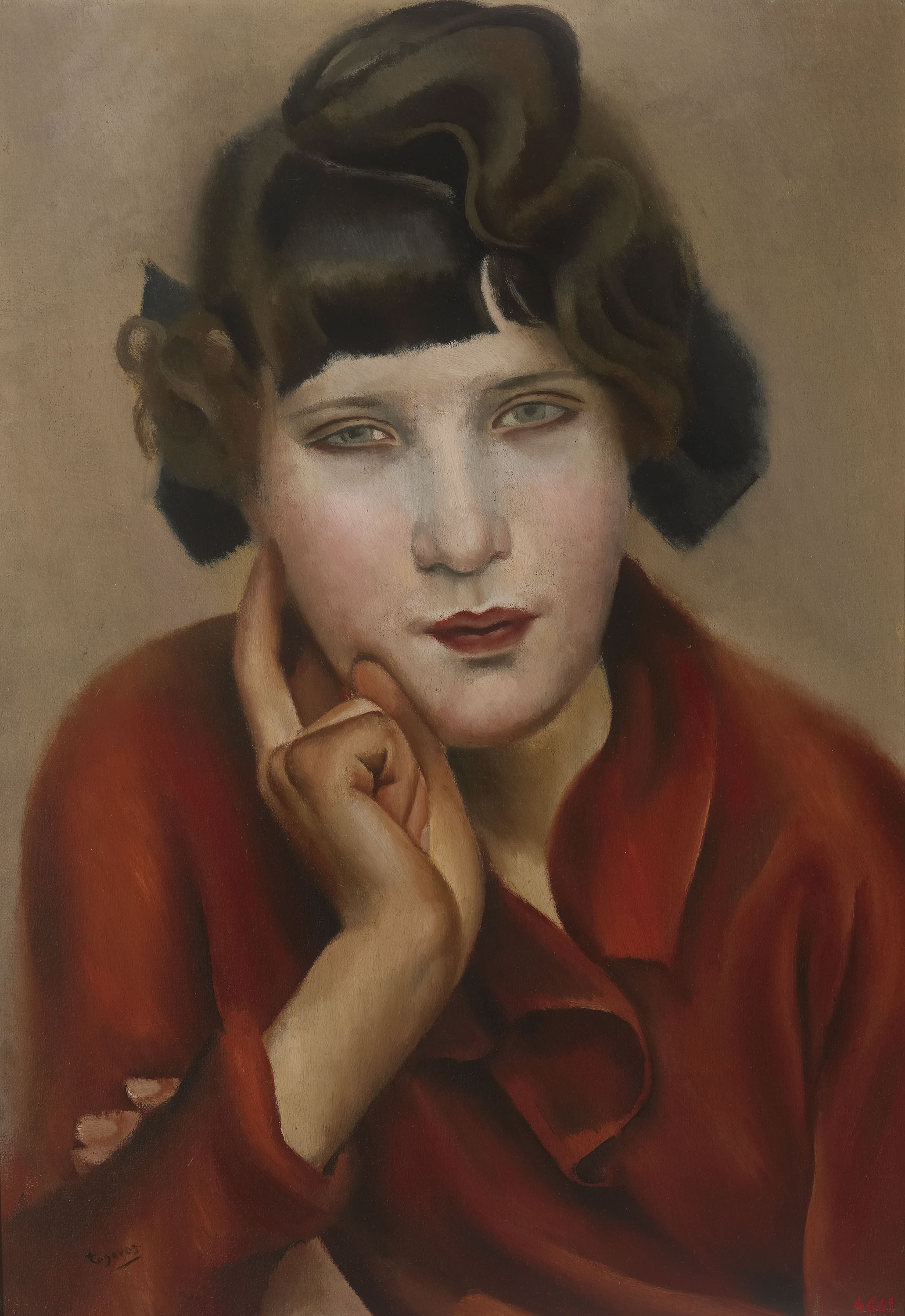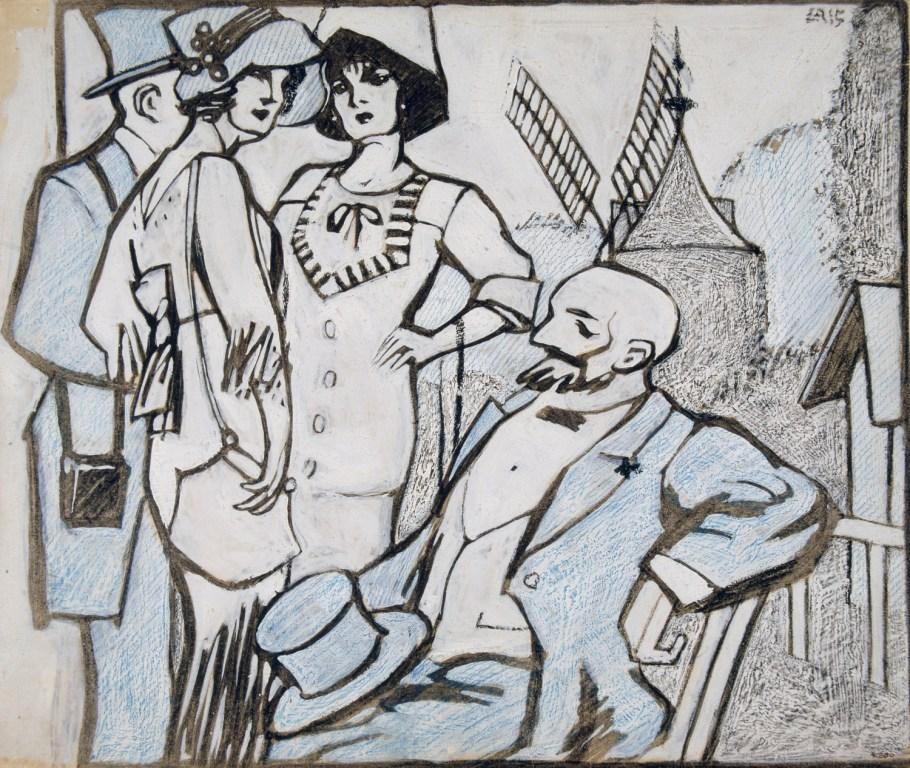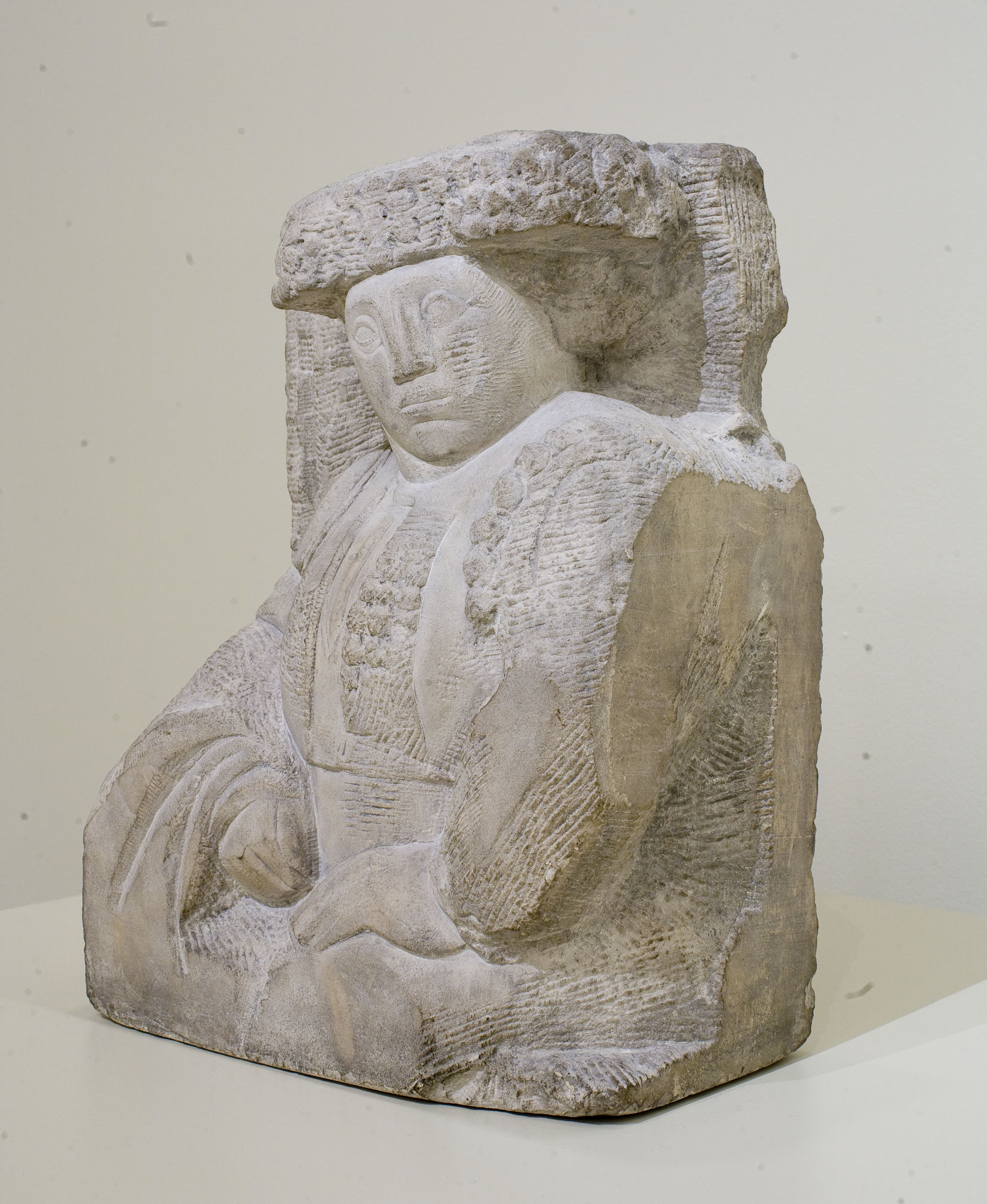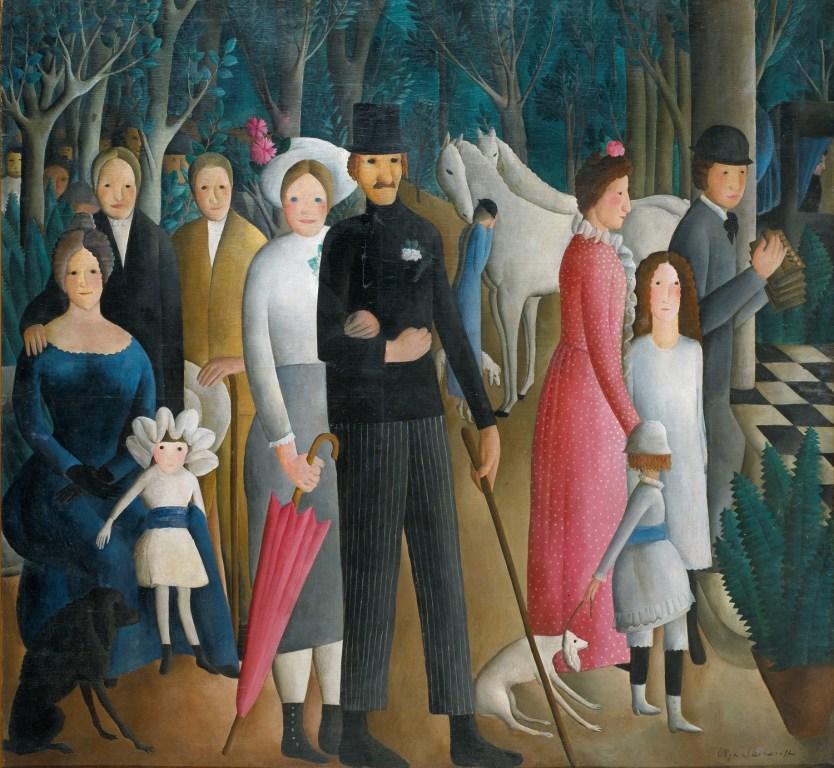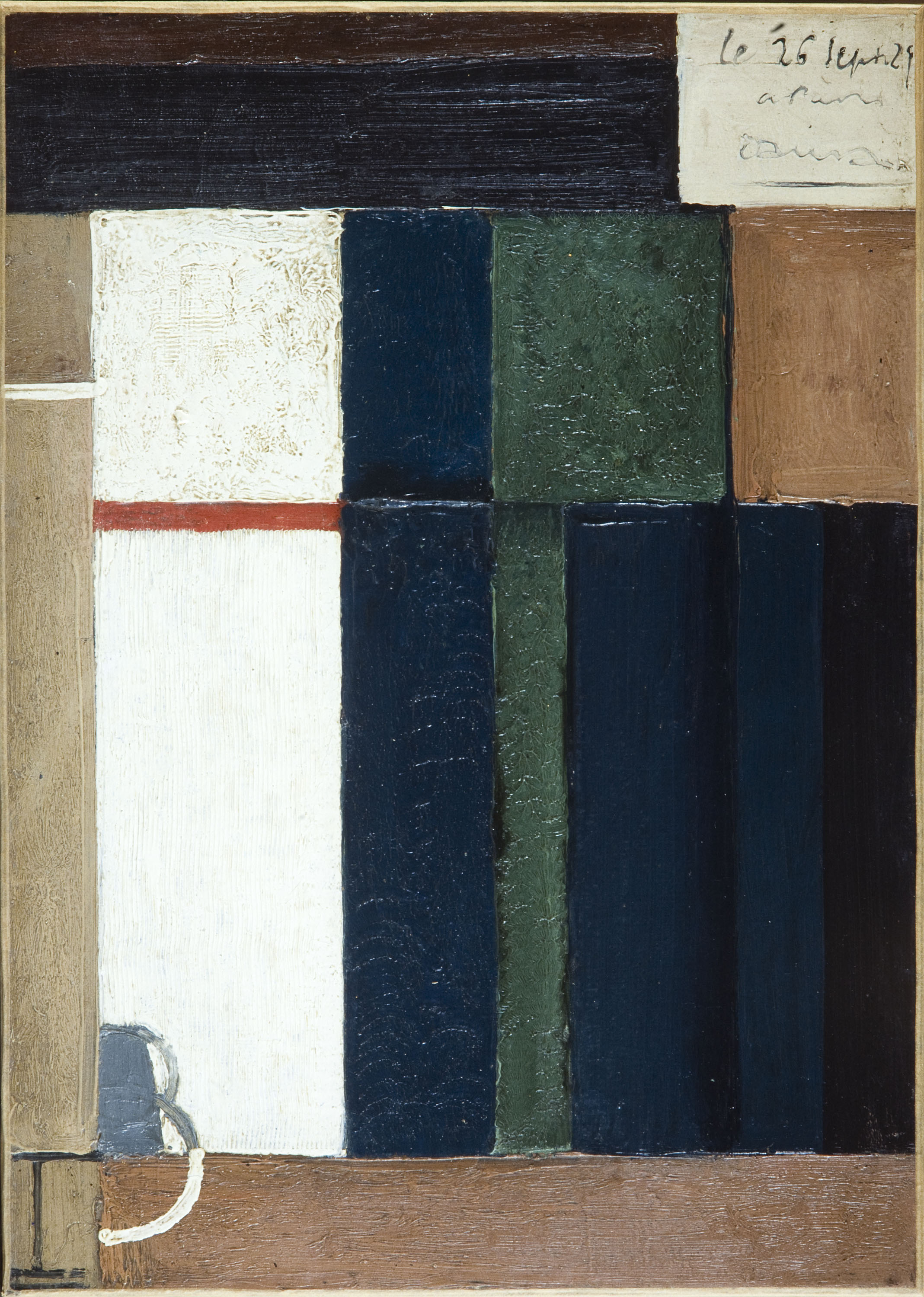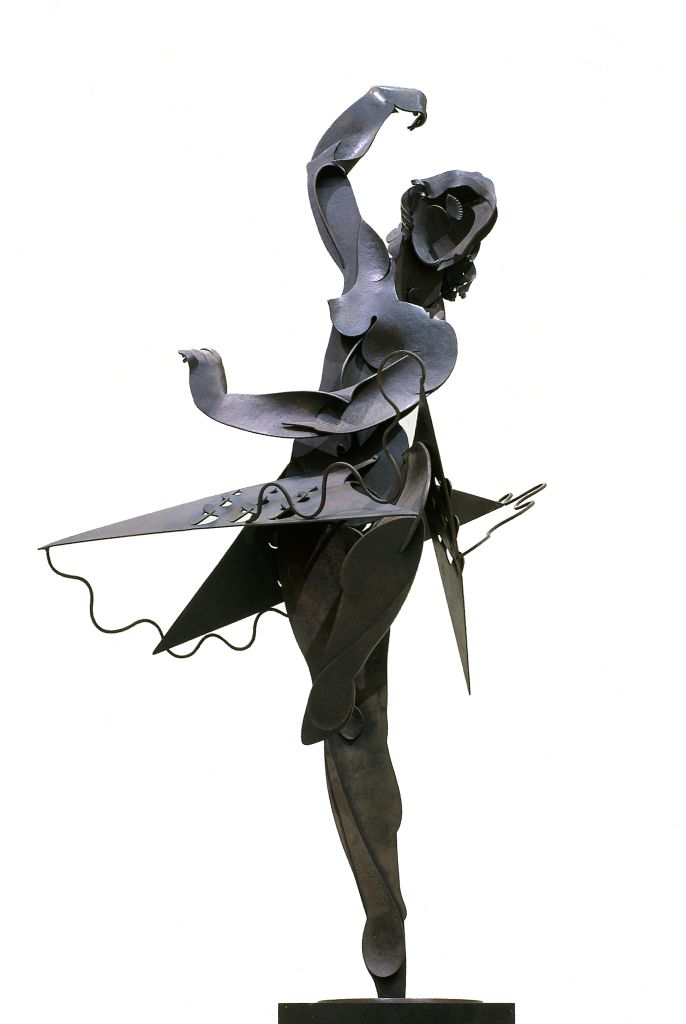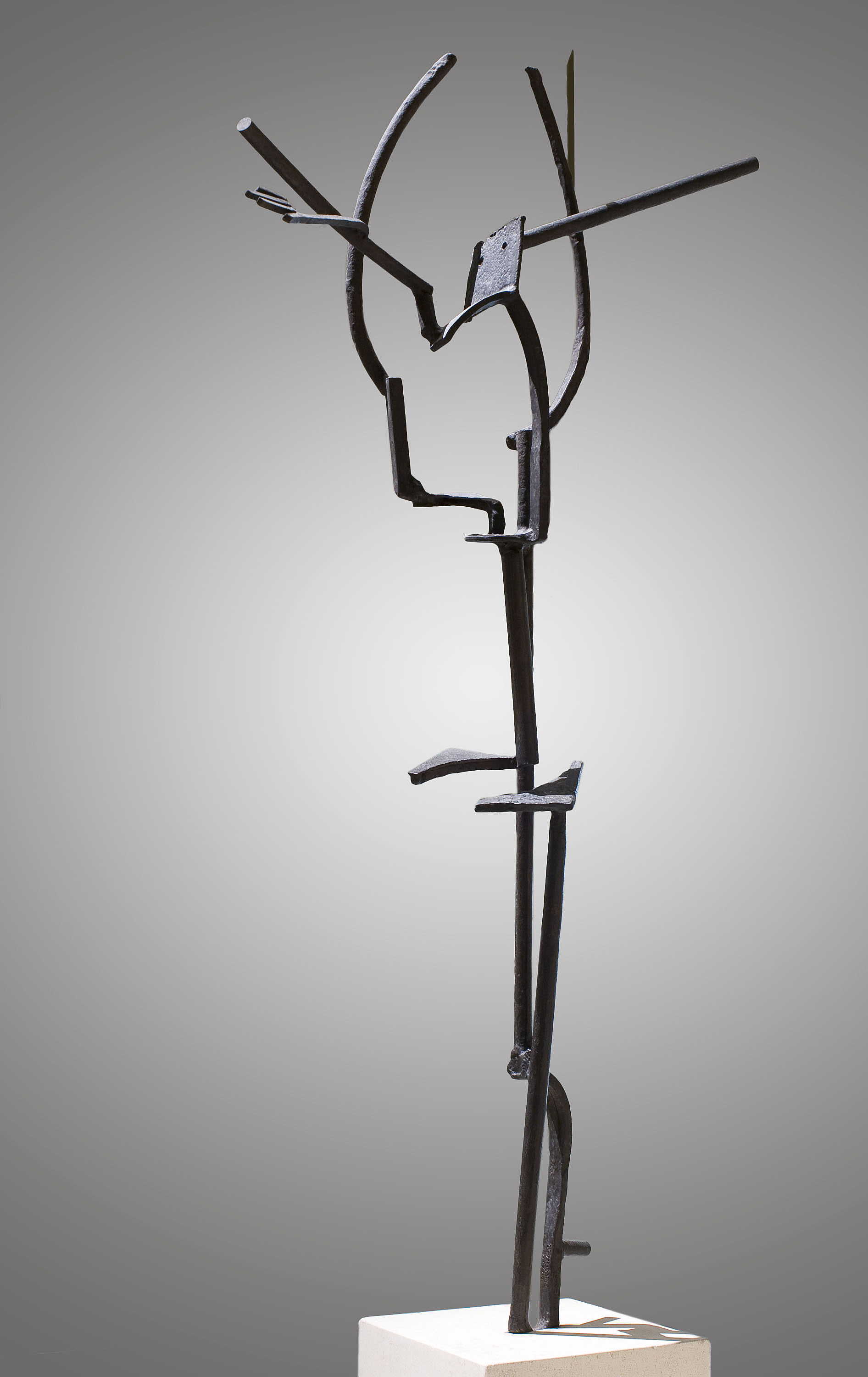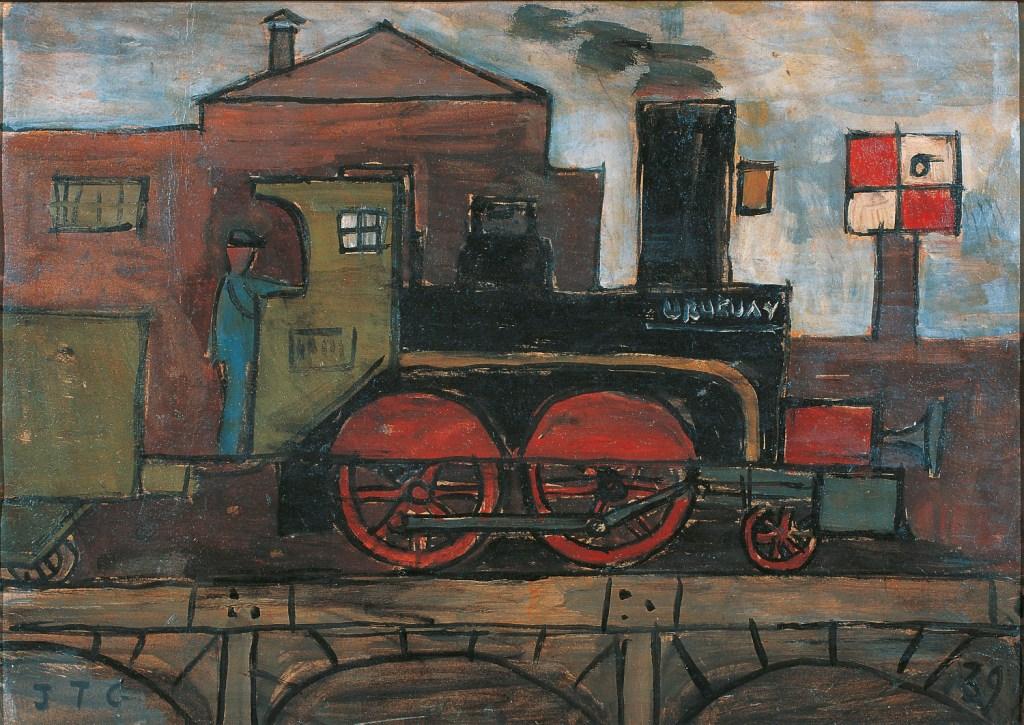III. 'Noucentisme'(s)
III. 'Noucentisme'(s)
In many aspects, the avant-garde was a continuation of bohemia, although it can be distinguished by its critical awareness of the role of the artist in intellectual work and in the collective production of its day. In its most radical versions, it saw the artist as a producer and a leader of masses, but there were also avant-gardes whose principal concerns were limited to an internal renovation of art itself. Nevertheless, away from the main centres of the European avant-garde –Paris, Berlin, Moscow–, in cities like Barcelona, the avant-garde revealed itself in more restrained and eclectic attitudes and its radicalism was replaced by an overall aspiration for modernity.
III.23. ‘Noucentisme’ and Mediterraneanism
III.24. Galeries Laietanes
III.25. Avant-garde(s)
III.26. Realism(s)
III. 27. Modern life 1. Photography, film., advertising
III.28. New art and Surrealism(s)
III.29. Modern life 2. Experimentalism and the people’s media
III.30. Monumental decorative art



